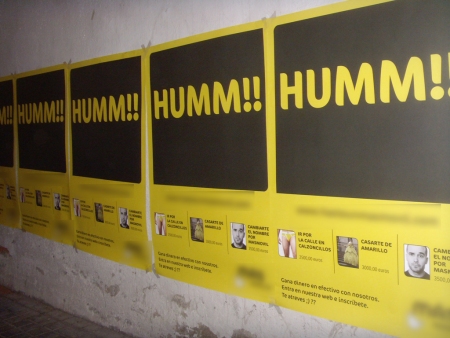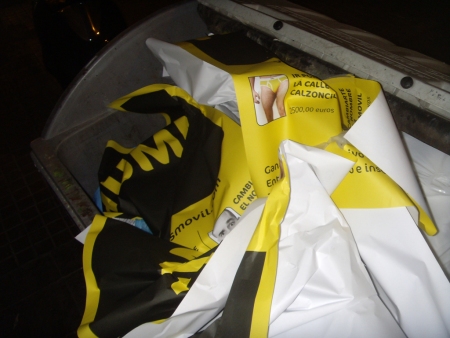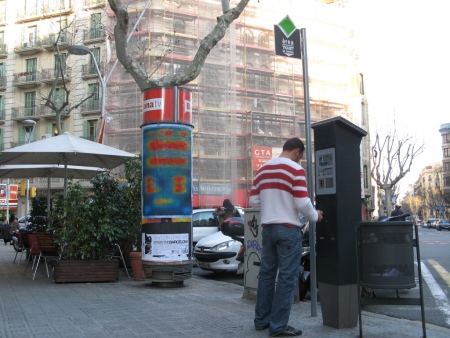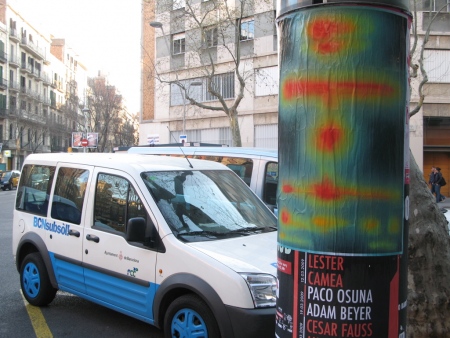ADVERTISING
For us, as for many other people, massive outdoor advertising is a problem: promotes excessive and careless consumption , it’s ugly, obscene and visually pollute the environment and spirits.
As a problem to us, we want to find a solution.
SUBVERTISING
Subvertising is a technique that seeks to subvert, or at least question the message.
However, we believe that its real effectiveness is null or even counterproductive for the goal that has been created. Perhaps the message subverted ad questioning but also reinforces the brand. Generating controversy is a key factor in most campaigns, and is a largely explained strategy in marketing bibliography.
Therefore, we believe that subvertising is marketing 2.0, that made by users without wanting to, without knowing it, without charge, and on, believing that it is a critical tool. As has happened in several campaigns, subvertising itself is part of a guerrilla marketing campaign . Street marketing is a technique used mostly in central Europe and it works like this:
- Companies launch the street marketing campaign.
- They wait for the reaction of the target, which normally consists of “subversive” alterations in the advertising format.
- Reaction is incorporated as part of the campaign, launching the second and final phase of ads, which include the “subversive” changes obtained.
What happened?
- They have turned off the most critical and creative direct answer.
- They have incorporated the target (young, urban and creative) to the brand dynamics .
AD BUFFING
We believe that one way to do subvertising is not doing it at all, not using their language, not to using their logos. Buffing is a concept created for the cleanup in the railway system in New York in the early times of graffiti. From there it was extended, indicating any action to clear graffiti.
We present below three examples of how doing it:
Option 1: trash container
This is the best place for advertising.
Option 2: billboards
If the posters are glued properly, the option would be as follows:
Option 3: eyetracking
You can always be creative. Eye tracking is a term that refers to the process that evaluates the point where the gaze is fixed or the movement of the eye. This process is used in research on visual systems in psychology, in cognitive linguistics and in product design. In this case, the hot zones are the most significant for the design concerning its effectiveness to communicate. Where there was relevant information for the ad is where we have put more effort into covering.





